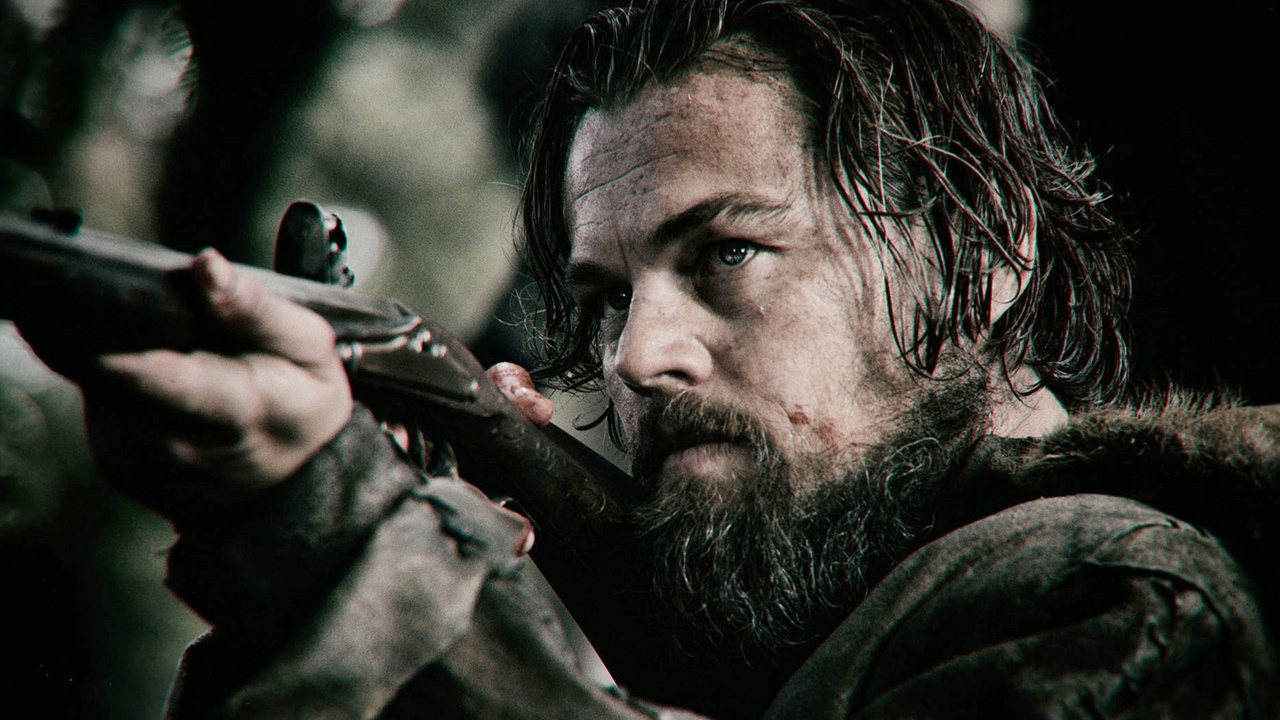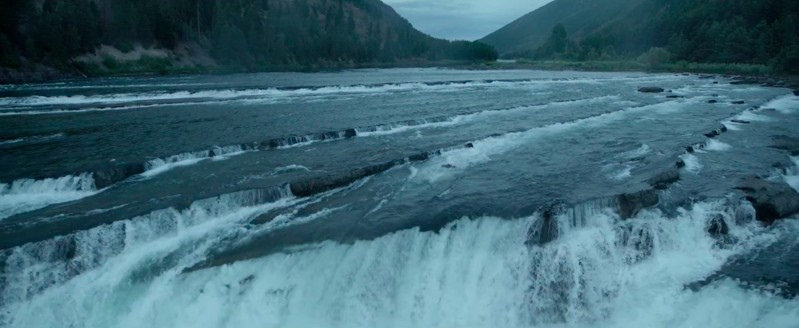Last year, Alejandro G. Iñárritu’s critically lauded film about the nature of celebrity and art, cleverly dubbed “Birdman or (The Unexpected Virtue of Ignorance),” earned four Oscars at the 87th Annual Academy Awards, including both Best Picture and Best Directing. This year, Iñárritu’s ode to the American frontier, “The Revenant,” has captured twelve nominations, the most of any film in the running. Much hype surrounded the film prior to its release and has not abated since. Will Leonardo DiCaprio finally win the award for Best Actor? Could Iñárritu become the second director in history to win back-to-back Oscars for Best Directing? Perhaps due to impossibly high expectations preceding its release, many critics and filmgoers have written off the film as a convoluted, if agreeable, disappointment. But it stands in this writer’s eyes as a visually breathtaking, if blemished, work of art. The film stands back in adoration of both man and nature’s resilience. Simultaneously, it laments their cruelty.
The film is based on a 2002 novel of the same name, which itself was inspired by the true story of fur trapper Hugh Glass. A bear attacked Glass while he was on an 1823 expedition to what is now South Dakota. Although he was able to slay the bear, he was badly injured and could not walk. Believing that he would surely die within days, Glass’ men abandoned him. But Glass did not die. The rage he felt at having been abandoned compelled the man to travel well over 1,000 miles to seek his vengeance. Christened by Time Magazine as “the angriest man in U.S. history,” the exploits of the true-life Glass were both remarkable and ferocious. The Revenant captures the spirit of his story with raw intensity. And yet, despite its captivating subject matter, the film’s most glaring flaws are found in its plot. Standing at two and a half hours long, many have argued that the movie’s relatively modest tale of revenge fails to justify its length. Scenes drag on at times and quite a few subplots are gratuitous. One rather upsetting scene of sexual assault felt particularly unwarranted and, in my opinion, was the low-point of the picture. Furthermore, Iñárritu’s magnificent, lengthy shots are often disrupted by needless flashbacks and disjointed memories. None of this should deter the potential viewer, however, because what the film lacks in story, it makes up for in visuals and performance.
Without question, the performances are astounding. DiCaprio plays Glass with a cool demeanor and a hint of the heartbroken longing for which the actor has come to be known. But it is Tom Hardy’s depiction of Jon Fitzgerald, the hardheaded and self-preserving frontiersman who betrays Glass, that is most magnetic. He portrays a contrived hardiness and inner pusillanimity in a manner that is at once subtle and evocative. Domnhall Gleeson, perhaps best known as Bill Weasley in the Harry Potter series and of whom I am a fan boy, also delivers a noteworthy performance, though the two leads overshadow his presence. But while the acting is certainly incredible, and Leo is long overdue for an Oscar, it is not for the performances that I would ultimately recommend filmgoers see “The Revenant.”
If Iñárritu’s aim in making “The Revenant” was to illustrate nature and man at their most majestic and brutal, he has excelled tremendously. It is neither plot nor performance that make this picture worth watching, it is sight and sound. As stated earlier, Iñárritu often makes use of elongated, wide-angle shots. In “The Revenant,” these shots resonate with an aching beauty. While on his journey, Glass often confronts nature as an impartial and unrelenting force. First mauled by a bear, he then voyages over violent rapids, faces a pack of wolves, and plows through a brutal snowstorm. At one point he must even nestle himself in the carcass of a horse to keep warm from the unforgiving world around him. Each of these encounters is shot with tremendous care, drawing equal attention to the wonder and horror of what Glass is facing. But while the film often illustrates the the natural world an as unforgiving and impartial force of destruction, it continuously reminds the audience that nature has a worthy opponent in the beast that claims dominion over it. Wide shots of waterfalls and blizzards are met with close-ups of musty beards and chapped lips. Knife fights and bloody battles are often filmed in a single shot, leaving the audience no repose from the cruelty it is witnessing. The violence of nature is shot from afar, distant and majestic, while the violence and might of man is exposed at uncomfortably close range. The camera ensures that neither nature nor man is denied empathy, and both are exposed of their mercilessness.
The sounds give the audience uncomfortable dissonance as well. Immediately following the grizzly attack, the agonizing cries of Glass’ son are matched by the piercing wails of the bear’s cubs, having just witnessed the slaughter of their only mother. The ferocious gusts of snowstorm blare only as sharply as the crackle of man-made fires consuming villages full of innocents. The haunting strings used in the film’s score, composed by Ryuichi Sakamoto, echo with colossal cries of lamentation and dread. If humankind must use its resilience to endure the brutality of an unprejudiced nature, nature too must use its resilience to endure prejudiced humankind.
“The Revenant” stands as another well-acted, visually stunning, and emotionally gritty picture from Iñárritu, but one that ultimately fails to reach the heights of last year’s “Birdman.” Nevertheless, the film’s alluring cinematography and captivating performances ensure that watching it will be a two and a half hours very well spent. I certainly have my fingers crossed that come the night of February 28, both Leo and the film’s cinematographer, Emmanuel Lubezki, will have Oscars in their hands. Alejandro G. Iñárritu has created a remarkable ode to the American frontier – to nature, to man, to resilience, and to cruelty. I for one was enthralled by its magnificence.


